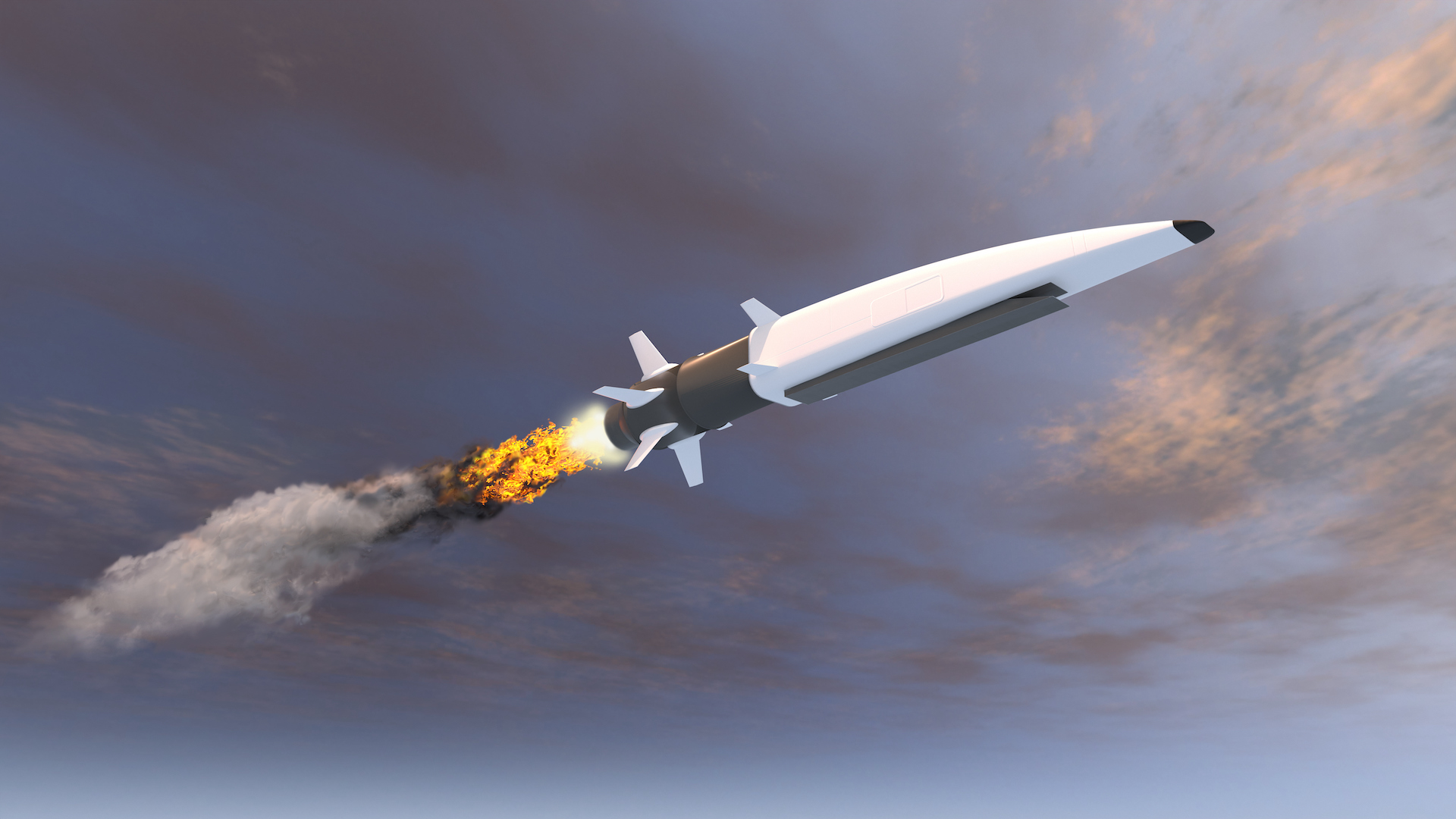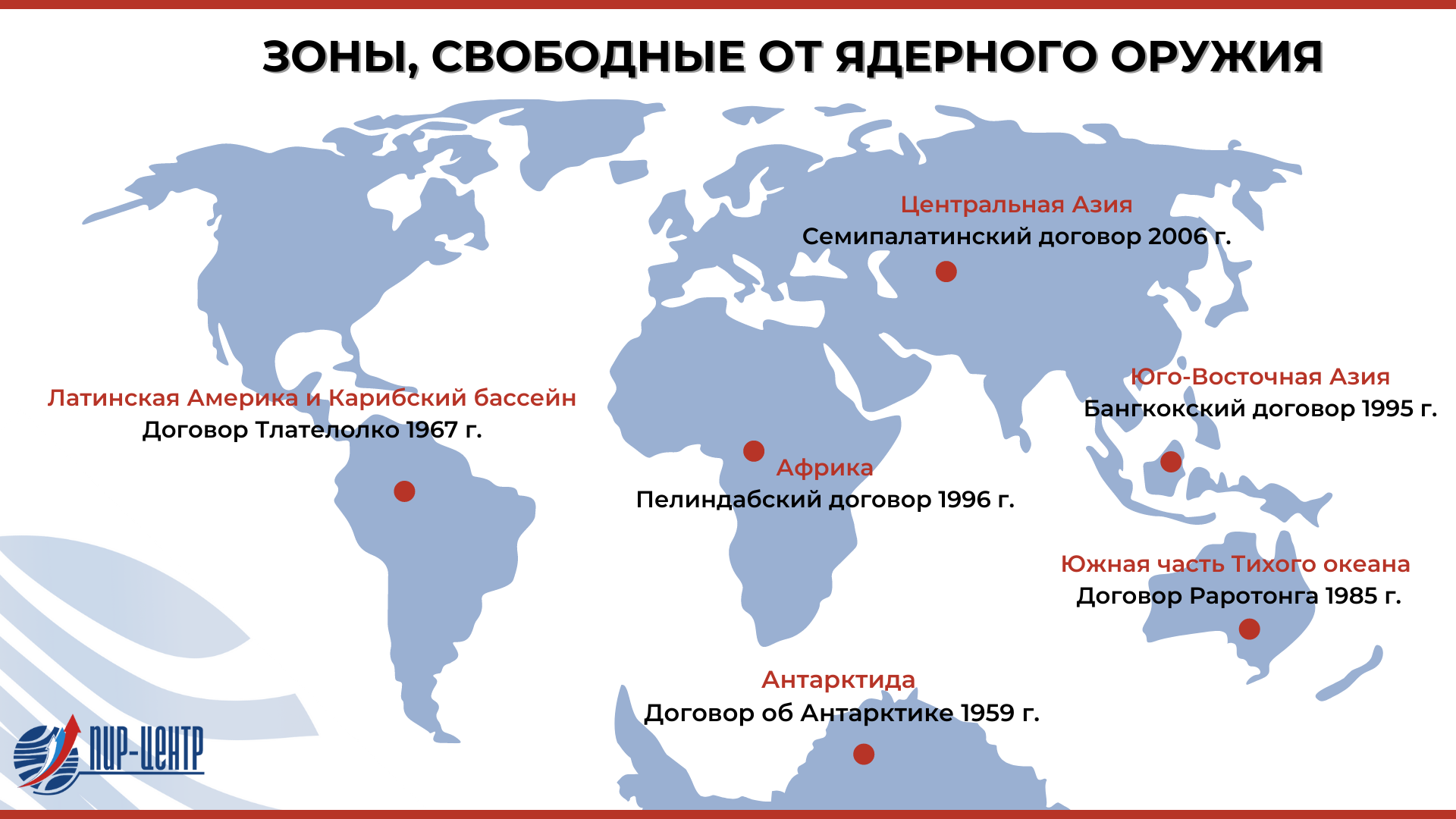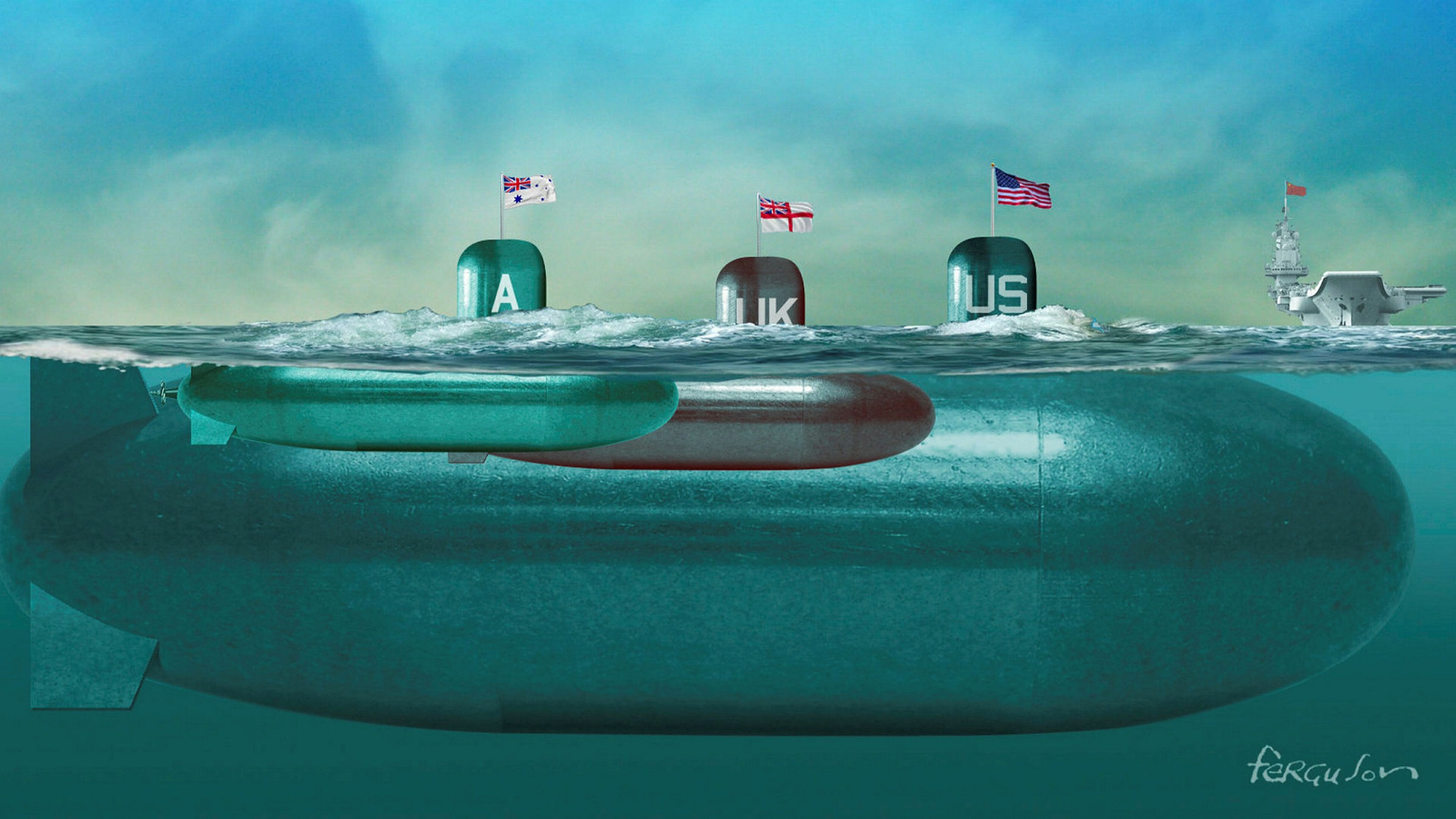Hardly had the Treaty of Rarotonga entered into force in 1986 when the nuclear nonproliferation regime was jeopardized by numerous challenges of strategic stability. Undoubtedly, amid the current military activity of the AUKUS in the region, the South Pacific Nuclear-Weapon-Free Zone (NWFZ) can be tantamount to an incurably ill old man knocking on death’s door. Regretfully, omens for the sustainability of the nuclear nonproliferation regime in the South Pacific are not great.
Steering Through Strategic Tides: The Dynamics of Nuclear Nonproliferation in the South Pacific
The U.S. Congress in context of its foreign policy activity plays a pivotal role in policymaking regarding the new geopolitical shifts amid the South Pacific NWFZ. It is highly relevant to recall a series of hearings on modernizing the U.S. Armed Forces on the sidelines of meetings of the Committee on Foreign Affairs (House of Representatives, the U.S. Congress) since 2023. Congresswoman Amata Coleman Radewagen (Rep., Representative from Samoa) raised an issue of legitimacy of military activity of the AUKUS in accordance with the obligations on the Treaty of Rarotonga.
The issue is devoted to the general principles of nuclear nonproliferation. Apparently, there is an enormous number of concerns towards indivisibility of security regarding case of the Rarotonga Treaty. “The U.S. was not violated any of the Treaty obligations, and we recognize that there may be some parties, who want to foment misinformation about what we are doing,” the hearings reported, referring to the statement by Dr. Marra Karlin, the U.S. foreign policy and defense advisor (2021–2025).
It is manifestly clear that these arguments are related to the formal process on verifying nonproliferation obligations by Washington. In lieu of this issue, it is nuclear submarines that are developed not only by nuclear-weapon states among member states of the AUKUS (the U.S. and the UK), but also by a non-nuclear-weapon state – Australia. Additionally, there is no clear verification mechanism of probable use of nuclear potential towards nuclear-powered submarines in relation to Australia’s activity.
It is significant to note that the absence of a strict verification mechanism amid the new developing submarines is an issue of concerns in this case. Hence, a role of the IAEA safeguards in making the inspections systems more revolutionary and flexible in cooperation with the AUKUS (basically grounded in the principles of member states’ free will) is an open question within the current nuclear nonproliferation agenda.
There are following crucial factors of implementation of the verification mechanisms regarding the case of developing submarines by AUKUS:
- First, it is high time members of the alliance agreed to elaborate united conditions and qualification of the negative security assurances (NSAs) towards the South Pacific NWFZ on behalf of the alliance, i.e. taking a collective responsibility and tailoring the collective institute of reporting for the AUKUS’s nuclear activity in the South Pacific.
- Second, there is another case of the NSAs implementation within the NWFZ – it was the Treaty of Tlatelolco that considered the NSAs. Hence, these NSAs can be both accepted and included in the Treaty, and the NSAs can be implemented by the AUKUS collectively.
Despite it, these proposals can be efficient but there is no practical way to implement it within the collapsing conjecture of contemporary nonproliferation regime, grounded in both fundamental crisis of nuclear nonproliferation and reams of breach of nonproliferation testaments.
Indeed, referring to another statement by Dr. Marra Karlin, the AUKUS should develop rapidly a new mechanism of strategic deterrence to be capable of countering the probable hazards: “we can accelerate, fast-track, provide waivers, and work with the Congress to really peel back the layers on non-nuclear hypersonic weapons systems and get them there faster as a deterrent measure.” So, the hypersonic cooperation between member states within the alliance is the new challenge of strategic stability in the region testing its survival.
Hypersonic Genesis in the Indo-Pacific
The issue of hypersonic cooperation among alliances or groups of states, which entered the global hypersonic standoff, is relevant in today’s agenda due to different forms of advent of hypersonic weapons around the globe.
The AUKUS is the most active player in this new deploying cold-blooded game. The U.S. Department of Defense jointly with the Australian Department of Defence, and the United Kingdom Ministry of Defence announced the signing of an agreement to enhance testing of hypersonic vehicles and accelerate implementation of related technologies last year. Under AUKUS Pillar II, the three nations have entered the Hypersonic Flight Test and Experimentation (HyFliTE) Project Arrangement (PA) to use each other’s testing facilities and share technical information to develop, test, and evaluate hypersonic systems.
This strategic decision apparently not only undermines the general pillars of nuclear nonproliferation and activity of the South Pacific NWFZ, but also devastates the principles of strategic stability. These uncontrolled risks of nuclear proliferation in the region foster an extension of the nuclear sharing concept precipitating a transformation of the South Pacific NWFZ into the epicenter of nuclear standoff between the U.S. and China.
Accordingly, new initiatives within the AUKUS on hypersonic weapons development incentivize the Nuclear P5 and new possessors of nuclear weapons to extend a list of the NWSs making Australia another nuclear state. It could transform the security mechanisms within the framework of military activity of the alliance, referring to continuation of implementation of the Free and Open Indo-Pacific concept, tailored by the President Trump during his first presidential term.
To conclude, Washington tends to both develop and implement new forms of cooperation in the military field to develop new security mechanisms in the South Pacific. There is no denying that ironclad pillars of nonproliferation in the South Pacific, grounded in existence of the NWFZ in the region, are still viable. Nevertheless, new military forms of cooperation within the AUKUS cannot be characterized as fully legitimate due to absence of the verification mechanisms and nuclear nonproliferation cascade within the framework of its nuclear nuclear-powered submarines development and elaboration of the first hypersonic programs between the U.S., the UK, and Australia. Verification mechanisms are to be integrated and reconsidered in this zone to provide further observation of military activity of the AUKUS to prevent probable violations of commitments of the NPT.
Keywords: NPT; Treaty of Rarotonga; AUKUS
NPT
E16/AST – 25/07/21





